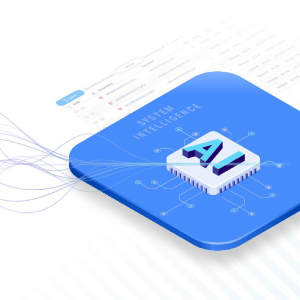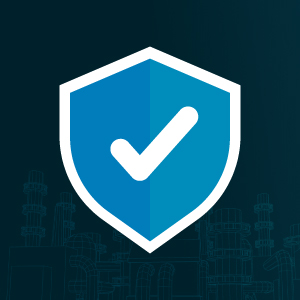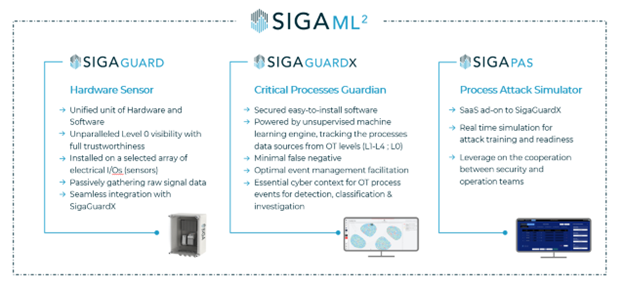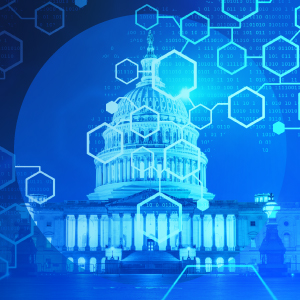Healthcare organizations are under immense pressure to shrink margins, tighten regulations, improve patient expectations and utilize increasingly complex data environments. While generative artificial intelligence (GenAI) has emerged as a powerful tool, most healthcare systems still struggle to move from experimentation to measurable outcomes. Leaders are asking the same questions: Where do we start? How do we ensure security and compliance? How fast should the Return on Investment (ROI) appear?
The answer is not simply selecting a model, it is building a strategy and infrastructure that transforms AI from a promising pilot into an enterprise engine for clinical, operational and financial improvement.
Start With High-Impact Use Cases that Deliver Early ROI
The path to operationalizing GenAI begins with use cases that are narrow enough to implement quickly, but meaningful enough to prove value. Start where measurable gains are most attainable, such as document processing, contract review, claims analysis, compliance workflows and call center optimization.
One of the strongest early candidates is Protected Health Information (PHI) de-identification, where AI can accelerate research access while protecting privacy. Many organizations are also applying GenAI to claims review, using models to flag missing attachments, coding inconsistencies or errors that commonly drive costly denials. With first-pass denial rates hovering in the 17–25% range industry-wide, automating this analysis can generate immediate financial return.
These targeted wins build executive confidence, secure budget and create organizational momentum, which is critical before expanding to more complex clinical or patient-facing scenarios.
Build Trust by Grounding the Model in Your Own Data
Accuracy and trust determine whether healthcare AI is adopted or ignored. General-purpose models are not sufficient for healthcare, where language is deeply nuanced and context dependent. Instead, organizations should ground GenAI in their own governed data sources, such as Electronic Health Records (EHRs), Customer Relationship Management (CRM) platforms, care summaries, research documents or internal policies.
To achieve this, many leaders are adopting Retrieval-Augmented Generation (RAG) with vector databases, which allows models to pull precise information from internal systems in real time. Vector databases are a foundational accelerator, enabling faster, more accurate retrieval across structured and unstructured data. This approach delivers three business advantages:
- Higher accuracy and confidence in model responses
- Stronger control of PHI and sensitive data
- Traceability, which is essential for audits, appeals and clinical validation
Grounding the model in an organization’s own data turns GenAI from a creative tool into a trusted operational system.
Use a Secure Multicloud Strategy to Reduce Risk and Increase Agility

To operationalize GenAI responsibly, healthcare organizations should design for security,compliance and flexibility from day one. When separating PHI and non-PHI workloads, a multicloud strategy helps healthcare organizations:
- Isolate sensitive data to minimize breach impact and simplify governance
- Reduce lock-in risk and leverage the strengths of different cloud platforms
- Tap into more innovative options, since each cloud offers unique AI tooling
- Optimize cost and performance by matching workloads to the right environment
Multicloud design also supports stronger compliance postures by enabling auditability, identity controls, monitoring and bias/hallucination safeguards, all of which must be proven to regulators and accrediting bodies.
Avoid “Pilot Purgatory” and Build a Path to Production
Many healthcare AI programs fail not because the technology underperforms, but because the organization never assigns ownership or a path to scale. To prevent “pilot purgatory,” short-term projects that drag on without measurable outcomes, organizations should:
- Create a defined production roadmap before the pilot begins
- Empower a cross-functional AI Center of Excellence (COE) to own outcomes
- Secure both clinical and administrative stakeholders
- Treat GenAI as an enterprise capability, not a one-off project
This shift enables the same investment to support multiple use cases, expanding impact while lowering cost per interaction over time.
Continuously Measure, Optimize and Expand
An operational GenAI program is never “set it and forget it.” It is important to continuously track Key Performance Indicators (KPIs) to guide optimization and justify expansion. Recommended KPIs include:
- Cost per interaction
- Accuracy and confidence
- Time saved per task or workflow
- Time to response (latency and model speed)
- User satisfaction (providers, staff and patients)
By evaluating these metrics regularly, healthcare organizations can expand from early wins to enterprise scale, from research and development to patient support, revenue cycle, compliance and beyond.
Align People, Data and Infrastructure For AI Success
Technology alone is not the determining factor of AI success in the healthcare space, alignment is. Success requires a shared vision from leadership, responsible data groundwork, a secure multicloud foundation and continuous measurement to maintain trust and value. With the right approach, GenAI can improve patient satisfaction, strengthen trust, accelerate research and innovation, reduce administrative burden and deliver measurable ROI in weeks over years.
Carahsoft and John Snow Labs help healthcare leaders accelerate this journey, combining secure infrastructure, domain-specific healthcare AI and proven deployment models. To explore how your organization can operationalize GenAI safely and effectively, watch the full webinar, “Lessons Learned from Harnessing Healthcare Generative AI in a Hybrid Multi-Cloud Environment.”
Carahsoft Technology Corp. is The Trusted Government IT Solutions Provider, supporting Public Sector organizations across Federal, State and Local Government agencies and Education and Healthcare markets. As the Master Government Aggregator for our vendor partners, including John Snow Labs, we deliver solutions for Geospatial, Cybersecurity, MultiCloud, DevSecOps, Artificial Intelligence, Customer Experience and Engagement, Open Source and more. Working with resellers, systems integrators and consultants, our sales and marketing teams provide industry leading IT products, services and training through hundreds of contract vehicles. Explore the Carahsoft Blog to learn more about the latest trends in Government technology markets and solutions, as well as Carahsoft’s ecosystem of partner thought-leaders.














